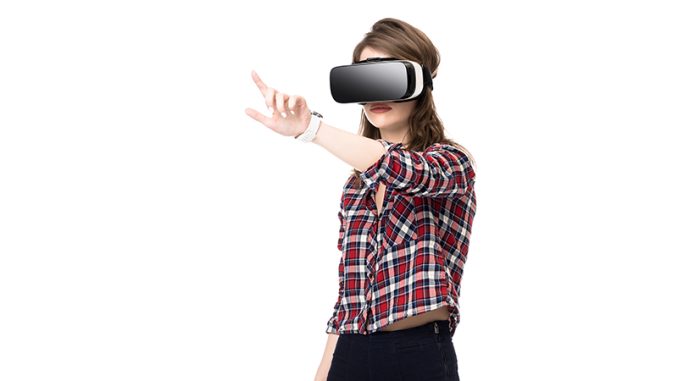
Marketing Disrupted: 6 Ways AR & VR Are Reshaping Digital Marketing
The years 2020 and 2021 have transformed traditional marketing concepts in more ways than one. The pandemic-hit years saw customers moving from brick-and-mortar stores to online stores. Although they shifted to the digital domain, customers wanted a real-life shopping experience that was tailored to their needs.
This is where technologies like Augmented Reality (AR) and Virtual Reality (VR) come as a blessing! These technologies have enabled digital marketers to enhance customer experience by providing them with real-life shopping experiences from the comfort of their homes.
AR and VR are terms that are often used interchangeably. However, there is a difference between these technologies, and they have specific capabilities that can be leveraged by digital marketers.
AR is a technology that provides a unique customer experience by just tapping into a smartphone. It helps customers try different products virtually before they purchase them. VR helps provide buyers with a digital experience that is close to a real-life experience.
In a customer-centric marketing approach, customer satisfaction is one of the main focus areas for digital marketers. AR and VR technologies are currently being deployed by some of the top brands like Starbucks, MAC, L’Oreal, Audi and many more!
Makeup brands like MAC and L’Oreal leverage AR to enable buyers to try on the makeup virtually before they buy it. AR is used by furniture brands like IKEA to help buyers place furniture items in the layout of their homes. This gives them an idea of how the furniture will blend with their interiors.
Car manufacturers provide a virtual car showroom experience with VR, which also facilitates test drives for buyers. Starbucks offers a virtual experience where customers can enjoy a cup of coffee in a location of their choice.
These are some examples of how VR and AR are revolutionising traditional marketing techniques. Besides these, there are many other ways in which these technologies bridge the gap between customer experience and action.
Six ways in which AR and VR are reshaping digital marketing:
In conclusion
The COVID-19 pandemic has caused a major disruption in how businesses function. *Digital transformation is one of the chief focus areas of businesses today. Technologies such as RPA, AI, ML, VR/AR, etc. are being widely adopted. AR and VR technologies impact end-to-end digital marketing and can become effective tools for building marketing strategies. They help identify the target audience, understand buying behaviours and create customised buying experiences. AR and VR are cost-effective marketing tools that facilitate profiling target audiences and offer them a customised experience.
*For organizations on the digital transformation journey, agility is key in responding to a rapidly changing technology and business landscape. Now more than ever, it is crucial to deliver and exceed on organizational expectations with a robust digital mindset backed by innovation. Enabling businesses to sense, learn, respond, and evolve like a living organism, will be imperative for business excellence going forward. A comprehensive, yet modular suite of services is doing exactly that. Equipping organizations with intuitive decision-making automatically at scale, actionable insights based on real-time solutions, anytime/anywhere experience, and in-depth data visibility across functions leading to hyper-productivity, Live Enterprise is building connected organizations that are innovating collaboratively for the future.

Leave a Reply